Search
Remove Ads
Advertisement
Search Results
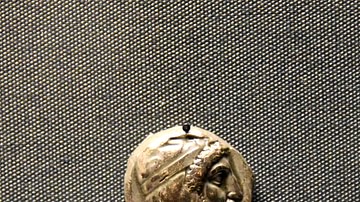
Image
Coin of a Persian Satrap
In the Persian Empire, some regional governors (satraps) were authorized to issue coins for military purposes. They combine Persian and Greek imagery, showing a satrap's head and a local reverse image. These are some of the earliest coin...
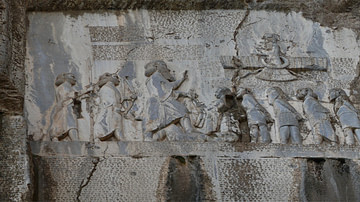
Definition
Behistun Inscription
The Behistun Inscription is a relief with accompanying text carved 330 feet (100 meters) up a cliff in Kermanshah Province, Western Iran. The work tells the story of the victory of the Persian king Darius I (the Great, r. 522-486 BCE) over...
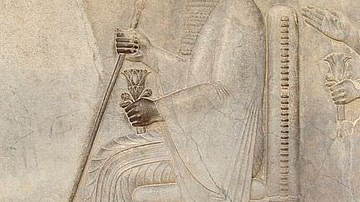
Definition
Darius I
Darius I (l. c. 550-486 BCE, r. 522-486 BCE), also known as Darius the Great, was the third Persian King of the Achaemenid Empire. His reign lasted 36 years, from 522 to 486 BCE; during this time the Persian Empire reached its peak. Darius...
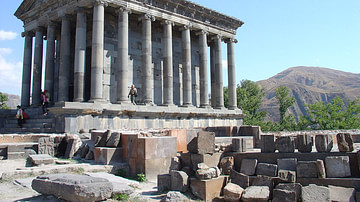
Definition
Ancient Armenia
Ancient Armenia, located in the south Caucasus area of Eurasia, was settled in the Neolithic era but its first recorded state proper was the kingdom of Urartu from the 9th century BCE. Incorporated into the Persian Empire of Cyrus the Great...
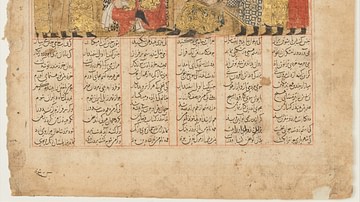
Definition
Shahnameh
The Shahnameh (“Book of Kings”, composed 977-1010 CE) is a medieval epic written by the poet Abolqasem Ferdowsi (l. c. 940-1020 CE) in order to preserve the myths, legends, history, language, and culture of ancient Persia. It is the longest...

Video
Persia & Persian Art at the Louvre
Persian art at the Louvre Museum, Paris, France. There are art pieces from the Royal Palace in Susa from the Achaemenids, the Persian Empire founded by Cyrus the Great (d. 530 BCE). King Darius the Great (r. 522-486 BCE), built one of...

Definition
Faravahar
The faravahar is the best-known symbol from ancient Persia of the winged sun disk with a seated male figure in the center. It is thought to represent Ahura Mazda, the god of Zoroastrianism, but has also been interpreted to signify other concepts...
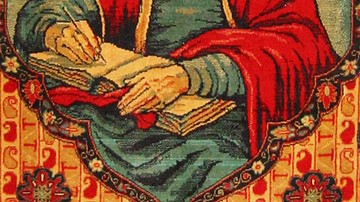
Image
Persian Poet Nizami
Persian Poet Nizami (l. c. 1141-1209 CE) depicted on a rug.
Ganja Museum, Azerbaijan

Article
Battle of the Eurymedon, c. 466 BCE
The Battle of the Eurymedon (c. 466 BCE, also given as the Battle of the Eurymedon River) was a military engagement between the Greeks of the Delian League and the forces of the Achaemenid Empire toward the end of the reign of Xerxes I (r...

Image
Ardashir I - Founder of the Sassanid Persian Empire
Ardashir V of Persis | Ardeshir the Unifier | Ardashir I | اردشیر یکم (l. c. 180-241 CE, r. 224-240 CE) A visual representation of Ardeshir I (the Unifier), founder of the Sasanian Empire (Larger Iran). This representation is largely based...